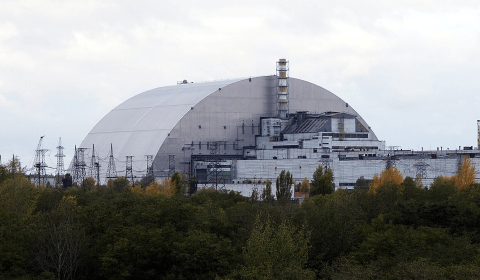The controversial technology, which is intended to limit the effects of climate change by reflecting sunlight back into space, might not be such a great idea after all.
As we know, hundreds of the world’s leading climate scientists expect our planet to breach the internationally agreed 1.5C threshold by 2027 and temperatures to rise to at least 2.5C above pre-industrial levels this century.
This is due to emissions from human activities and the changing weather patterns we’re continuing to witness with each record-breaking summer.
Rather than tackle this issue with long-term sustainable solutions that could make a tangible difference, however, idealistic technological innovation has taken centre stage during the last few years, often in lieu of impactful action.
The best example of this is recent talk of reflecting sunlight back into space to ‘cool the Earth’ and mask the heating effects of greenhouse gases.
Known as ‘solar radiation modification’ (SRM), the process involves ‘stratospheric aerosol injection’ whereby planes spray sun-blocking particles like sulphur dioxide into the upper atmosphere.
This mist would reflect the sun back upwards, shading the planet.
Research to date has yielded mixed results, but even its most passionate supporters believe that phasing out fossil fuels should be the priority.
‘Game changing though this could be in a rapidly warming world, it merely treats a symptom of climate change but not the underlying disease,’ says Wake Smith.




















